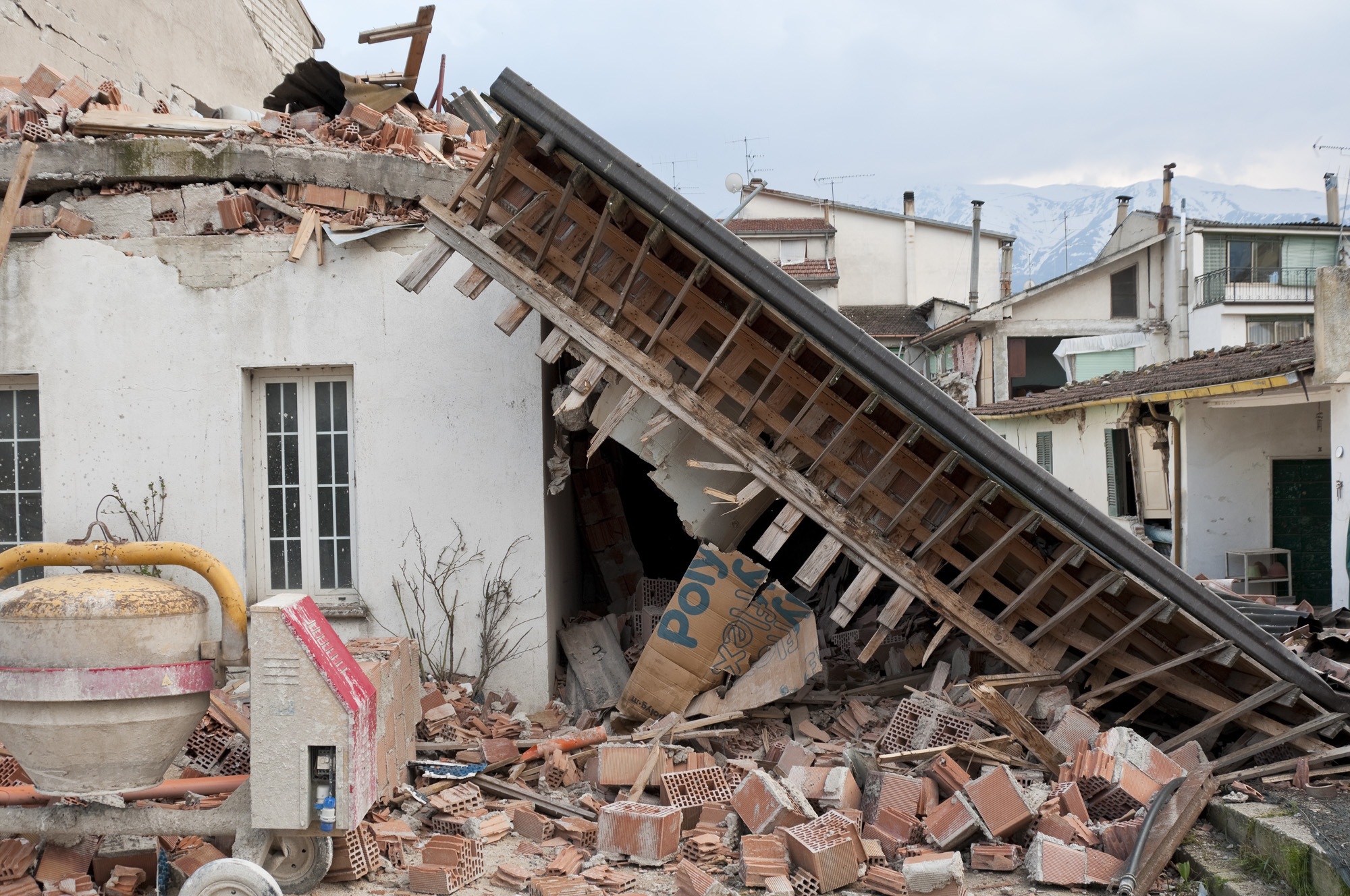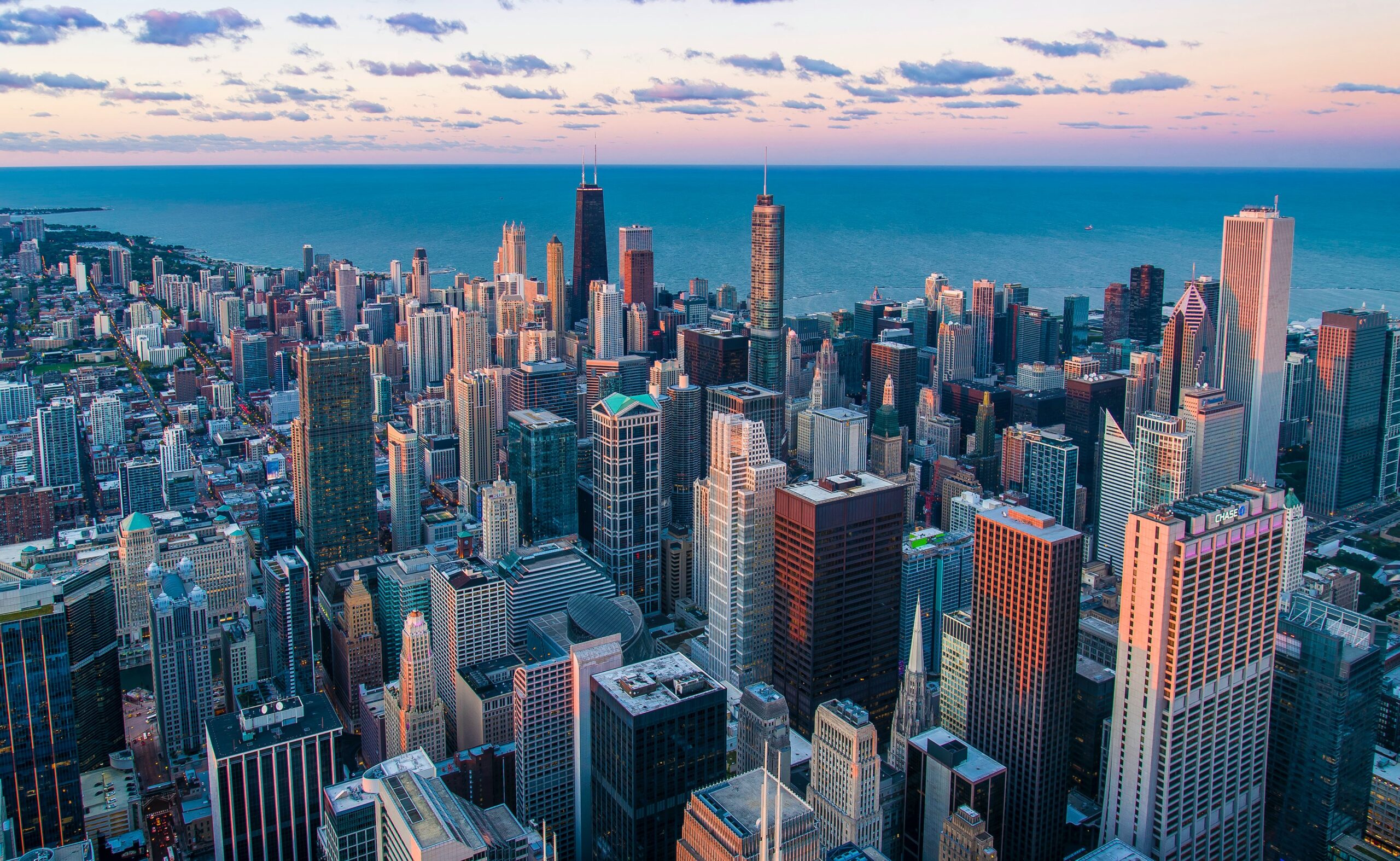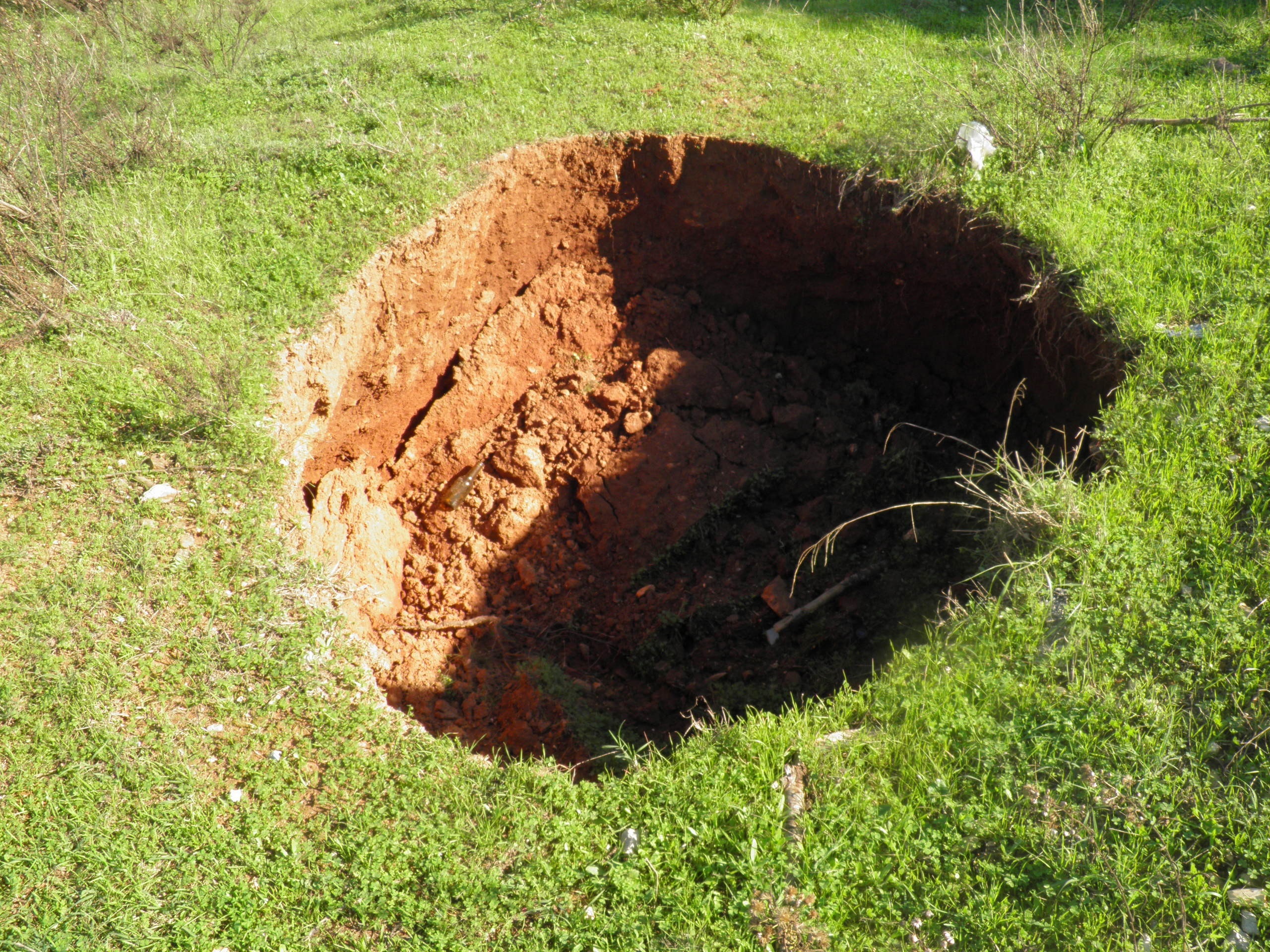Japan, known for its technological advancements and rich cultural heritage, is also infamous for its frequent seismic activities. Located in the Pacific Ring of Fire, an area with high tectonic activity, Japan experiences numerous earthquakes throughout the year. In this article, we will explore some of the major earthquakes that have shaped the history of Japan.
1. The Great East Japan Earthquake (2011):
One of the most devastating earthquakes in Japanese history, the Great East Japan Earthquake struck on March 11, 2011. With a magnitude of 9.0, it triggered a massive tsunami that caused widespread destruction along the northeastern coast of Japan. The disaster claimed the lives of over 15,000 people and caused a nuclear accident at the Fukushima Daiichi Nuclear Power Plant. The effects of this earthquake are still felt today, as the country continues to recover and rebuild.
2. The Great Hanshin Earthquake (1995):
Also known as the Kobe Earthquake, the Great Hanshin Earthquake struck the city of Kobe on January 17, 1995. With a magnitude of 6.9, it caused extensive damage to buildings, infrastructure, and resulted in the loss of over 6,400 lives. The earthquake highlighted the need for better disaster preparedness and led to significant improvements in Japan’s earthquake-resistant building codes.
3. The Tohoku Earthquake (1896):
The Tohoku Earthquake, also known as the Meiji-Sanriku Earthquake, occurred on June 15, 1896. With a magnitude estimated between 7.6 and 8.5, it triggered a massive tsunami that devastated several coastal communities in the Tohoku region. The disaster claimed the lives of approximately 22,000 people, making it one of the deadliest earthquakes in Japanese history.
4. The Great Kanto Earthquake (1923):
On September 1, 1923, the Great Kanto Earthquake struck the Kanto region, which includes Tokyo and Yokohama. With a magnitude of 7.9, it caused widespread destruction, including fires that engulfed the cities. The earthquake resulted in the loss of over 100,000 lives and highlighted the need for better urban planning and disaster response systems.
5. The Nankai Earthquake (1944):
The Nankai Earthquake occurred on December 7, 1944, off the coast of the Nankai Trough. With a magnitude of 8.1, it generated a massive tsunami that affected the southwestern coast of Japan. The disaster claimed the lives of over 1,200 people and caused significant damage to coastal communities.
6. The Hokkaido Eastern Iburi Earthquake (2018):
On September 6, 2018, the Hokkaido Eastern Iburi Earthquake struck the northern island of Hokkaido. With a magnitude of 6.7, it caused landslides and triggered a blackout across the entire island. The earthquake resulted in the loss of 41 lives and disrupted the daily lives of millions of residents.
These are just a few examples of the major earthquakes that have impacted Japan throughout its history. The frequency and intensity of seismic activities in the region serve as a constant reminder of the importance of disaster preparedness and resilience. The Japanese government and its people have made significant strides in developing advanced earthquake early warning systems and implementing strict building codes to minimize the impact of future earthquakes.
In conclusion, Japan’s geographical location makes it prone to frequent and powerful earthquakes. The country has experienced several major earthquakes throughout its history, each leaving a lasting impact on its people and infrastructure. Through continuous efforts in research, preparedness, and response, Japan continues to adapt and mitigate the effects of these natural disasters, making it a global leader in earthquake resilience.



